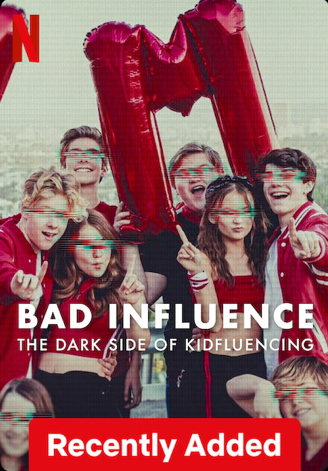In the last decade or so, the world of Hollywood has drastically changed. At the forefront of this is the portrayal of intimate relationships and sexuality. Though many may see these changes as progress, the abundance of explicit scenes often blurs the lines between necessary, excessive, and exploitation. It draws to mind a question: at what point does the explicit content shown become “too much,” and what does including this content say about the film industry and our society as a whole?
Hyper-Sexualization is Now Standard

50 years ago, viewers saw explicit content as shocking and offensive, but today, sex has become normalized in films, culture, and everyday life. Shows like “Euphoria” or “Bridgerton” focus the plot on mainly explicit sexual content. Drawing massive audiences, shows like these glamorize unrealistic standards of intimacy, and every five or so minutes, there is a new explicit scene that may catch viewers off-guard. These scenes are significant to character development and plot advancement, rather than just being included for shock value. Shows revolve around the sex lives of the characters, with plot development sprinkled in. This is troubling when reflecting on how these scenes influence viewers, especially the younger demographic that may see this content as normal.
The graphic inclusion of sexual encounters often influences what viewers may think is a healthy relationship. Sensationalism often throws consent and emotion to the side and audiences are left with the impression that sex is disconnected from emotions, intimacy, and relationship. It also gradually desensitizes viewers, causing them to think hyper-sexualized characters and scenes are normal, which may have harmful effects.
Obvious Objectification

At the center of these explicit scenes is the push toward objectification. Females especially are targeted by the film industry to being seen as mere objects of pleasure. Women then receive the discourse from this viewpoint and are held to impossible standards and stereotypes.
Explicit scenes can set a dangerous example where sex becomes a transaction, rather than intimacy in human relationships. For the sake of money, writers depict sex as a commodity, making it into easily consumable content for audiences to enjoy. This then creates a disconnect for viewers, causing them to see love and desire as products rather than innate human responses. It distorts viewers’ understanding of genuine relationships, connections, and vulnerability.
Moral and Ethical Dilemmas
When you remove all of those problems from explicit scenes, you are left with a plethora of ethical problems. The process of creating explicit scenes often lacks the safety and consent of actors playing their parts. In the last few years, Hollywood has moved to include intimacy coordinators on their sets, which represents progress in this aspect, but many actors still receive less-than-ideal treatment during the filming of racy scenes. They are continually put in uncomfortable positions where they feel dehumanized and objectified. Additionally, actors that have asked for increased pay due to sex scenes have been denied. There are a myriad of exploitive practices in Hollywood, which often raises the question: at what point will the film industry prioritize profit over the health and well-being of its actors? The answer: it already has.
Complicit Viewers
Audiences often understate their role in this, usually thinking that they are just the viewers, but the truth is that their role is one of the most influential. Hollywood relies on sexual content to attract their viewership and keep them hooked. The complicity of audiences and sensationalism on the rise fuels the cycle, prompting us to think harder about what we are consuming every day and the broader consequences it may have.
________________________________________________________________________________________
As we continue to witness the love affair between explicit scenes and Hollywood, audiences must think critically about the messages that scenes are portraying. Sexual content should never come at the expense of actors, audiences, or emotional depth.
From now on, the film industry needs to accept the responsibility that comes from the creation of explicit content and tone it down. In doing this, viewers’ understanding of love, intimacy, and relationships will be strengthened. The blurred lines of Hollywood will be redefined, readying the world for an ethical and appropriate representation of love on the big screen.





































